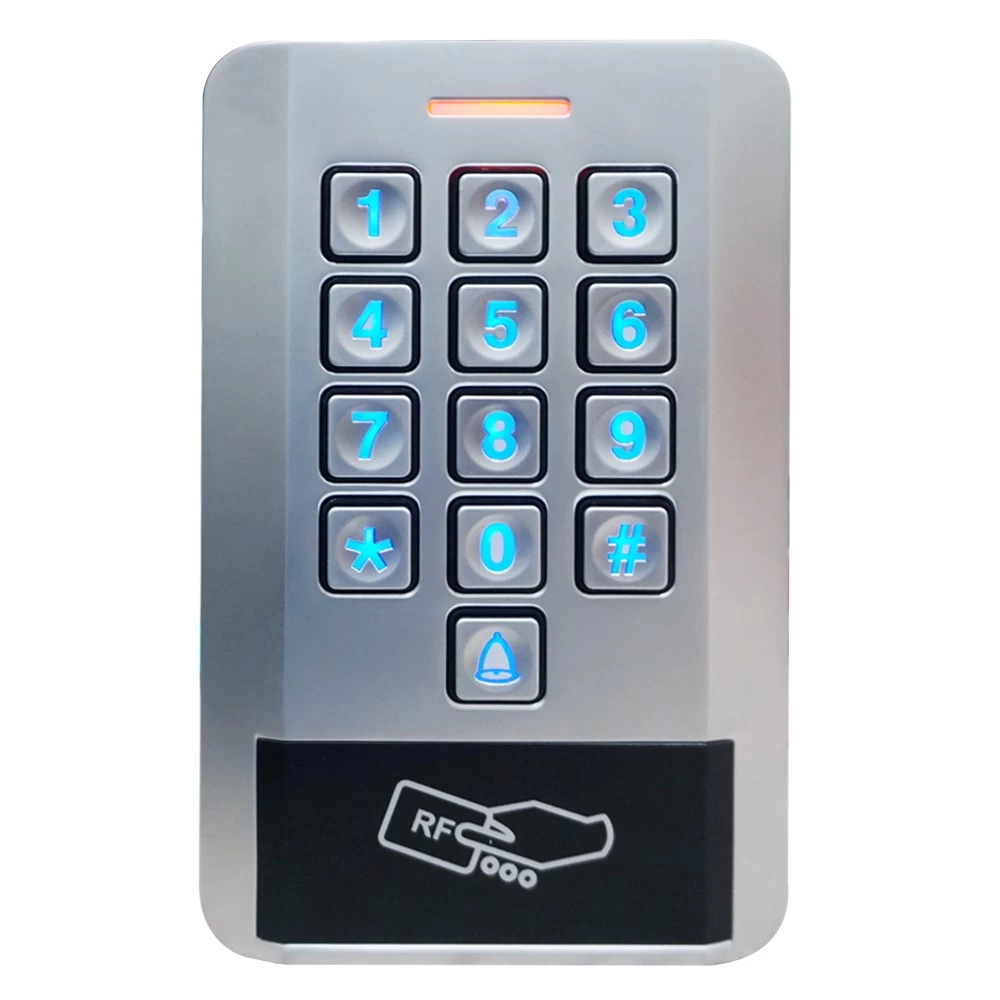Smoke detection
Helen Li
SMQT
2016-06-14 16:43:59
Smoke detection
When a fire occurs, minimum detection latency is crucial to minimizing damage and saving lives. Current smoke sensors inherently suffer from the transport delay of the smoke from the fire to the sensor. A video smoke detection system would not have this delay. Further, video is a volume sensor, not a point sensor. A point sensor looks at a point in space. That point may not be affected by smoke or fire, so the smoke would not be detected. A volume sensor potentially monitors a larger area and has much higher probability of successful early detection of smoke or flame.
Video smoke detection is a good option when smoke does not propagate in a “normal” manner, e.g., in tunnels, mines, and other areas with forced ventilation, and in areas with air stratification, e.g, hangars, warehouses, etc. Video is also a good option for large, open areas where there may be no heat or smoke propagation to a fixed point, e.g., saw mills,petrochemical refineries, forest fires, etc.
Research in detecting smoke using surveillance cameras has become very active recently. Just as the old saying “where there is smoke there is fire” puts, early smoke detection concerns people’s life and property safety.
With video smoke detection, it is possible to address two problems in traditional smoke detectors that are mostly based on particle s
ampling: 1. Traditional smoke detectors require a close proximity to the smoke.
2. They usually do not provide information about fire location, size, burning degree etc. However, video smoke detection still has great technical challenges since its current performance is inferior to those of traditional particle- sampling based detectors in terms of detection rate and false alarm rate.
This is mainly due to the following reasons with video smoke signal:
1) Variability in smoke density, lighting, diverse background, interfering non-rigid objects etc.
2) None of the primitive image features such as intensity, motion, edge, and obscuration characterizes smoke well.
3) Visual pattern of smoke is difficult to model.
Existing Techniques
Recently several smoke detection methods from video captured in visible-spectrum have been proposed. These methods make use of such visual signatures as motion, edge, obscuration, and geometry of smoke regions. They then use Bayesian analysis, or rule-based analysis to decide whether smoke is detected.
The key representative methods are summarized in the following:
1. Fujiwara and Terada
[1] proposed to use fractal encoding concepts to extract smoke regions from an image. They used the property of self-similarity of smoke shapes to look for features of smoke regions in the code produced by fractal encoding of an image.
2. Kopilovic et al.
[2] took advantage of irregularities in motion due to non-rigidity of smoke. They computed optical flow field using two adjacent images, and then used the entropy of the distribution of the motion directions as a key feature to differentiate smoke motion from non-smoke motion.
3. Töreyin et al.
[3] extracted image features such as motion, flickering, edge-blurring to segment moving, flickering, and edge-blurring regions out from video. The methods to extract these features were background subtraction, temporal wavelet transformation, and spatial wavelet transformation.
4. Vicente and Guillemant
[4] extracted local motions from cluster analysis of points in a multidimensional temporal embedding space in order to track local dynamic envelopes of pixels, and then used features of the velocity distribution histogram to discriminate between smoke and various natural phenomena such as clouds and wind-tossed trees that may cause such envelopes.
5. Grech-Cini
[5] used more than 20 image features, such as the percentage of image change, correlation, variance etc., extracted from both reference images and current images, and then used a rule-based or a rule-first-Bayesian-next analysis method to differentiate smoke motion from non-smoke motion.


















